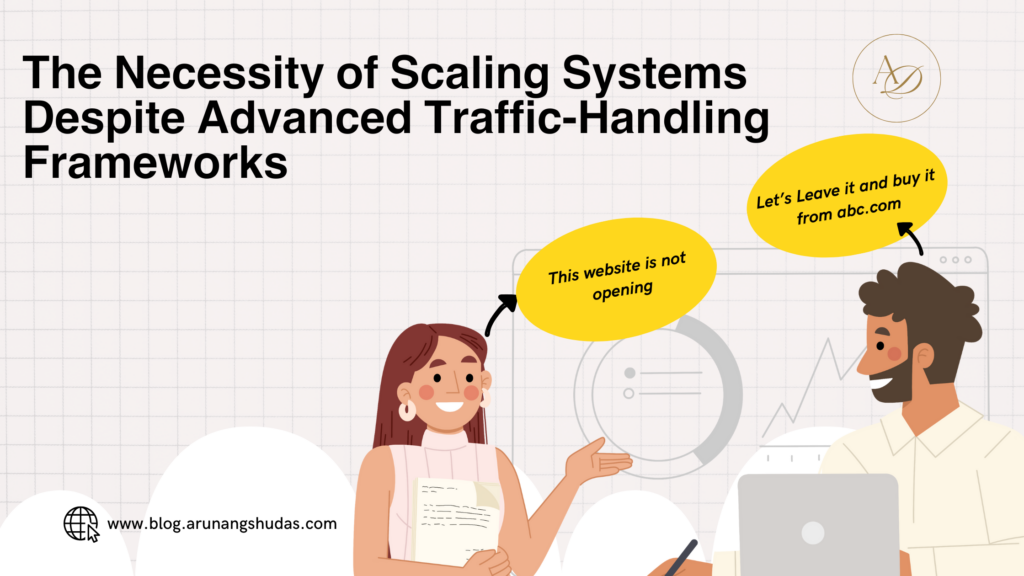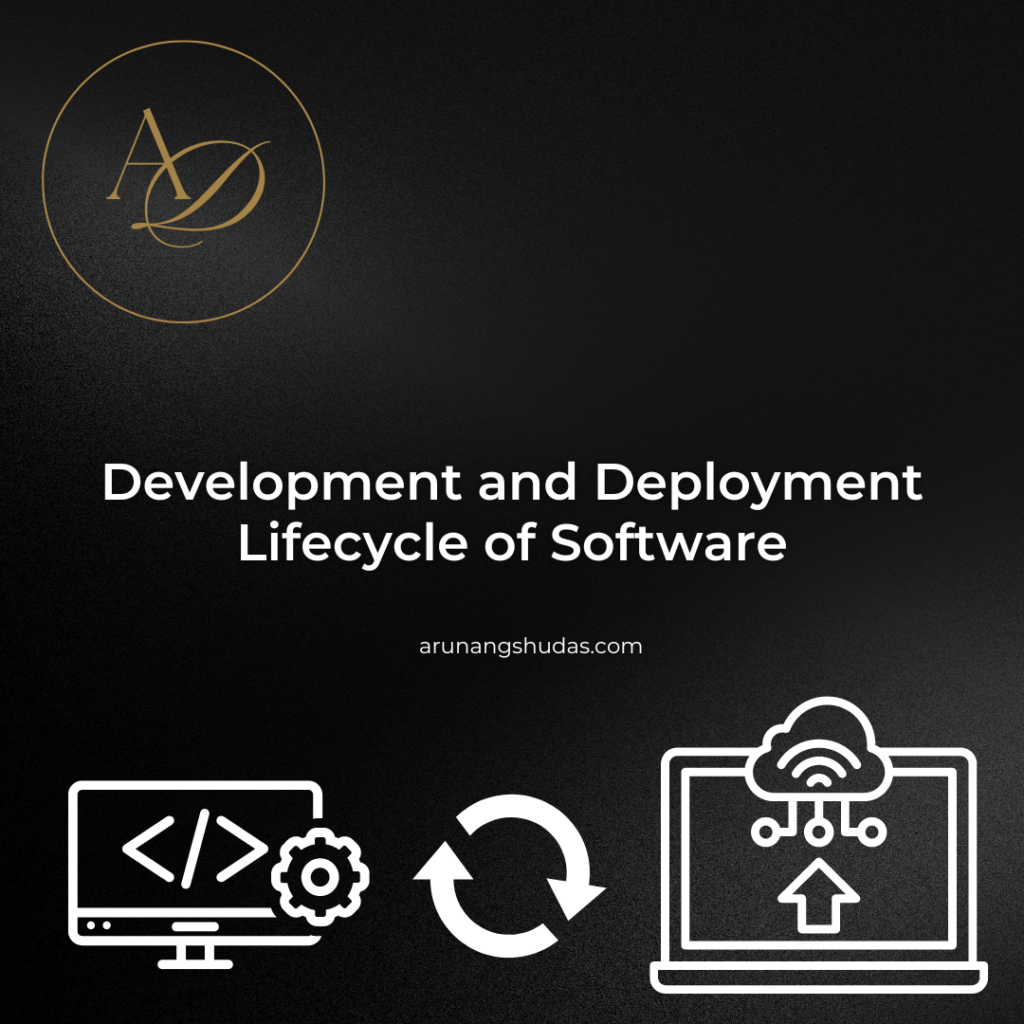In today’s digital age, the demand for robust, scalable systems is more pressing than ever. With the proliferation of frameworks that promise to handle traffic automatically, one might question the need for scaling systems manually or at all. However, while these frameworks offer significant advantages, they do not entirely eliminate the necessity for deliberate and thoughtful system scaling. A Backend can scale your business whereas a frontend can quickly acquire more and more customers. Here’s why:
The Illusion of Automatic Scaling
Modern frameworks such as Kubernetes, AWS Lambda, and Azure Functions have revolutionized the way developers approach traffic management. They provide auto-scaling features that adjust resources based on demand, ostensibly simplifying the scaling process. Despite this, relying solely on these frameworks can create a false sense of security.
Why Manual Scaling is Still Crucial
Custom Workloads and Traffic Patterns
Not all applications have predictable traffic patterns. E-commerce websites, for instance, experience spikes during holiday sales, while social media platforms may see sudden surges during breaking news events. Automatic scaling might not be sufficiently responsive or efficient for such scenarios, necessitating manual intervention.
Cost Management
Automatic scaling can sometimes lead to unexpected costs. Cloud providers charge based on usage, and without careful monitoring, businesses can incur significant expenses. Manual scaling allows for more controlled and predictable cost management.
Optimized Resource Allocation
While automatic scaling adjusts resources to meet demand, it doesn’t always optimize for the most efficient use of resources. Manual tuning of system parameters and architecture can lead to better performance and cost efficiency.
Complex Applications
Applications with complex architectures, such as those involving microservices or real-time processing, often require nuanced scaling strategies. Automatic frameworks may not fully understand the interdependencies and specific needs of such applications.
Security Considerations
Automatically scaling systems might expose vulnerabilities if not properly managed. For example, sudden scale-ups can lead to misconfigurations or gaps in security policies. Manual oversight ensures that security measures scale alongside the system.
Customization and Flexibility
Automatic scaling solutions are designed to be generic, catering to a wide range of applications. This generality can be a limitation for applications with unique requirements. Manual scaling provides the flexibility to tailor the scaling strategy to the specific needs of the application.
Best Practices for Scaling Systems
Load Testing and Performance Benchmarking
Regularly conduct load tests to understand the performance limits of your system. Benchmarking helps in identifying potential bottlenecks and areas for optimization.
Monitoring and Alerts
Implement comprehensive monitoring to track system performance and resource utilization. Set up alerts for unusual patterns or thresholds to preemptively address scaling needs.
Capacity Planning
Plan for future growth by estimating the resource needs based on current usage trends and business projections. This proactive approach ensures that scaling is done in a controlled and cost-effective manner.
Hybrid Scaling Strategies
Combine automatic and manual scaling strategies. Use automatic scaling for regular traffic fluctuations and manual interventions for anticipated spikes or unique events.
Architectural Design
Design systems with scalability in mind from the outset. Use microservices, containerization, and other modern architectural practices that facilitate easier scaling.
Conclusion:
While advanced frameworks for traffic management have made significant strides in simplifying the scaling process, they do not entirely eliminate the need for manual scaling. Custom workloads, cost considerations, optimized resource allocation, complex applications, security concerns, and the need for customization all highlight the necessity for a deliberate approach to scaling. Scaling is not just about adding more resources but about understanding and optimizing the entire ecosystem to deliver the best performance and cost-efficiency. In a world where digital experiences are paramount, getting scaling right is more important than ever.




